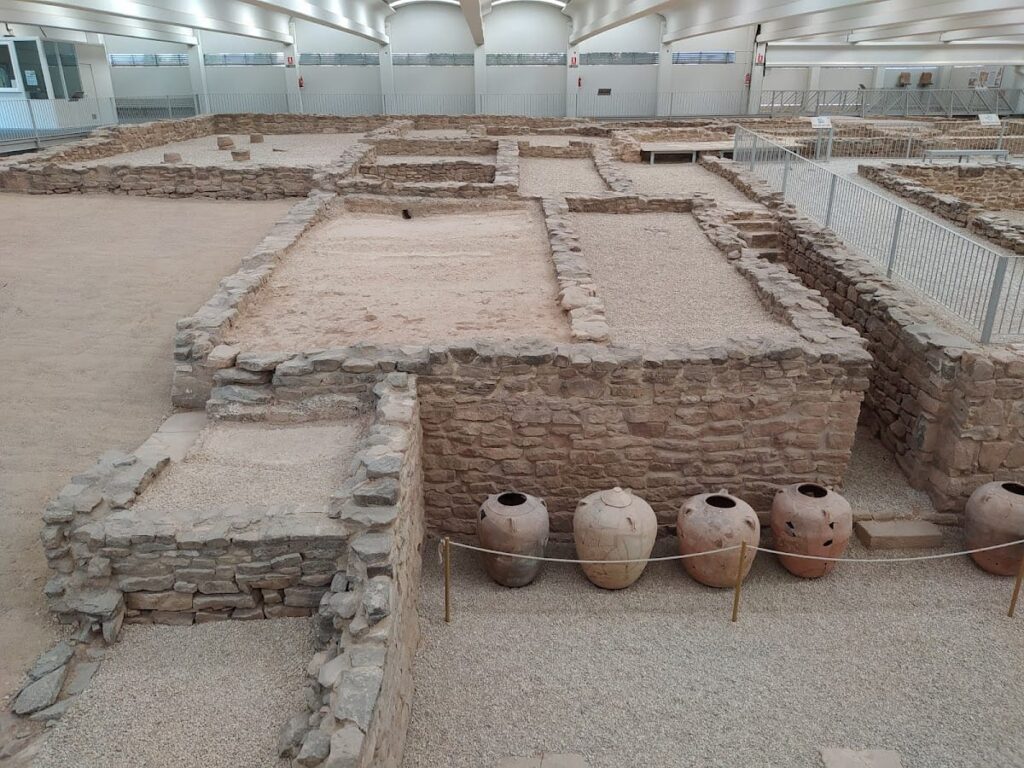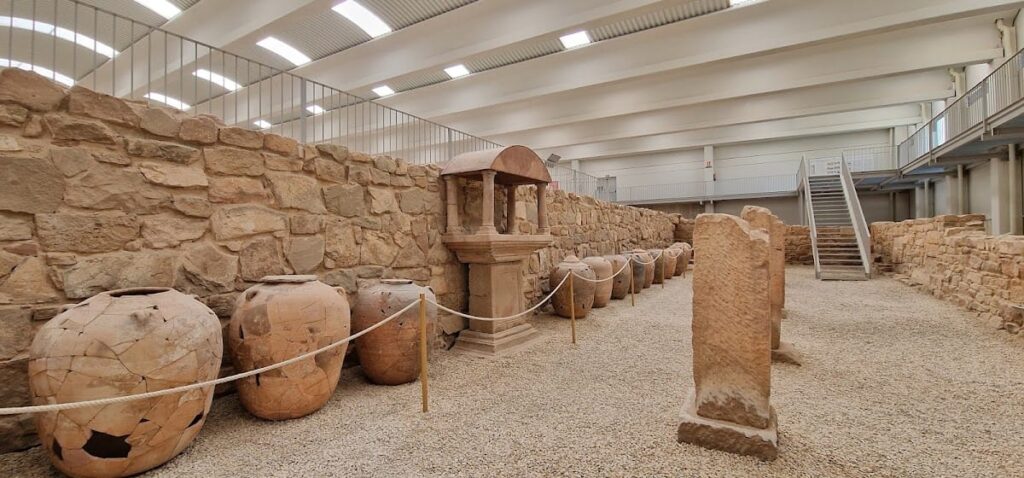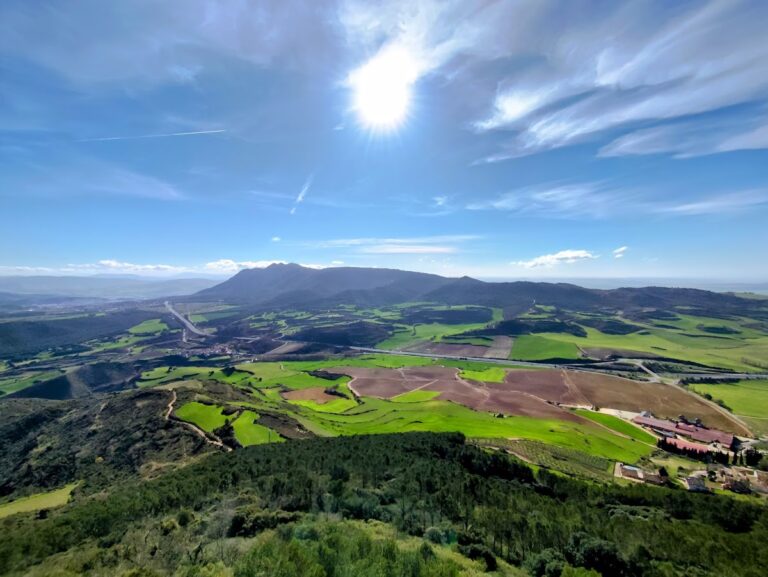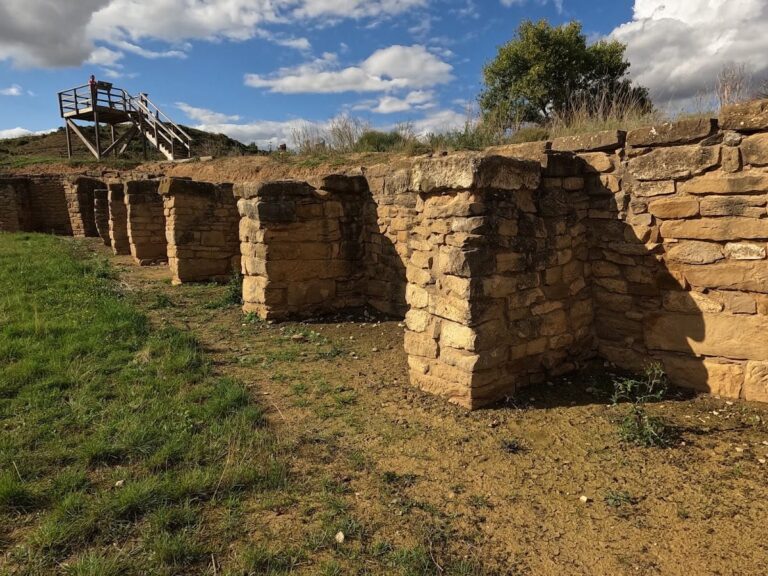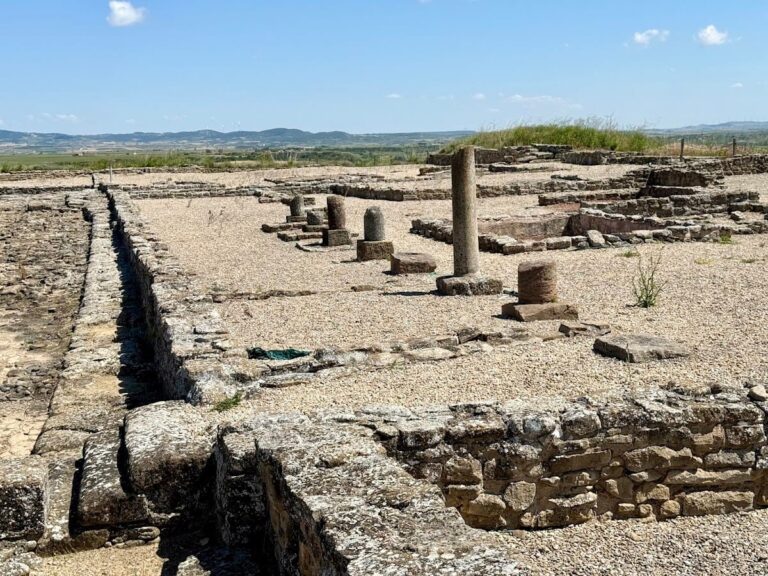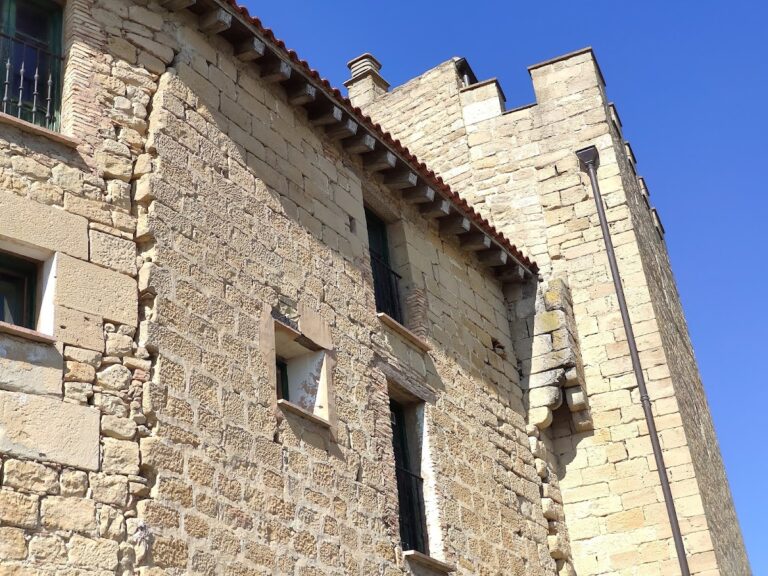Roman Villa of the Muses of Arellano: A Roman Rural Estate in Navarra, Spain
Visitor Information
Google Rating: 4.6
Popularity: Low
Google Maps: View on Google Maps
Official Website: tickets.palaciorealolite.com
Country: Spain
Civilization: Roman
Remains: Domestic
History
The Roman Villa of the Muses of Arellano is located near the town of Arellano in Navarra, Spain. It was established by the Romans between the 1st and 5th centuries AD as a rural estate. The villa’s Latin name, “Aurelianum,” is the origin of the modern name Arellano.
During its early phase, the villa served as a residential and agricultural center. It housed both free inhabitants and slaves who worked the land. The estate was designed to support various farming activities, including the cultivation of vines, cereals, and olive trees. Its location on a hilltop allowed for effective oversight of the surrounding fields, following Roman agricultural practices aimed at maximizing productivity.
Throughout the Roman period, the villa functioned as a multifunctional estate. It combined living quarters with spaces for storing crops, stabling animals, and producing wine. The winemaking facilities were particularly important, reflecting the villa’s role in supplying food and wine to nearby cities and markets. There is no record of military occupation or religious functions tied directly to the villa.
By the 5th century AD, the villa’s use declined and was eventually abandoned, likely due to broader changes in the Roman Empire and local society.
Remains
The villa is situated on a small hill known as “Alto de La Cárcel,” offering wide views of Navarra’s Middle Zone countryside. The layout reveals a complex estate combining residential, agricultural, and production areas. The construction dates from the 1st to the 5th centuries AD, using typical Roman building techniques adapted to rural needs.
Among the best-preserved features is the “fumarium,” a room designed to age wine using heat and smoke. This specialized space highlights the importance of winemaking at the villa. Adjacent to it is the “Cella Vinaria,” the winery area, which retains nearly all original production elements, providing rare insight into Roman wine production methods.
Decorative mosaics are a prominent feature of the villa. The most famous is the “Muses” mosaic, depicting nine goddesses associated with the arts and their masters. These mosaics have been carefully reproduced and placed in their original locations within the villa. The original mosaics are preserved in the National Archaeological Museum.
Another notable artifact found at the site is a ceramic wine taster, which is considered iconic for understanding the villa’s wine culture. The villa’s multifunctional design also includes storage rooms for tools and crops, stables for animals, and living quarters, all integrated into a single estate.
Today, the remains are partially restored and accessible in situ. The mosaics and key structural elements provide a clear picture of the villa’s agricultural and domestic functions during the Roman period.
